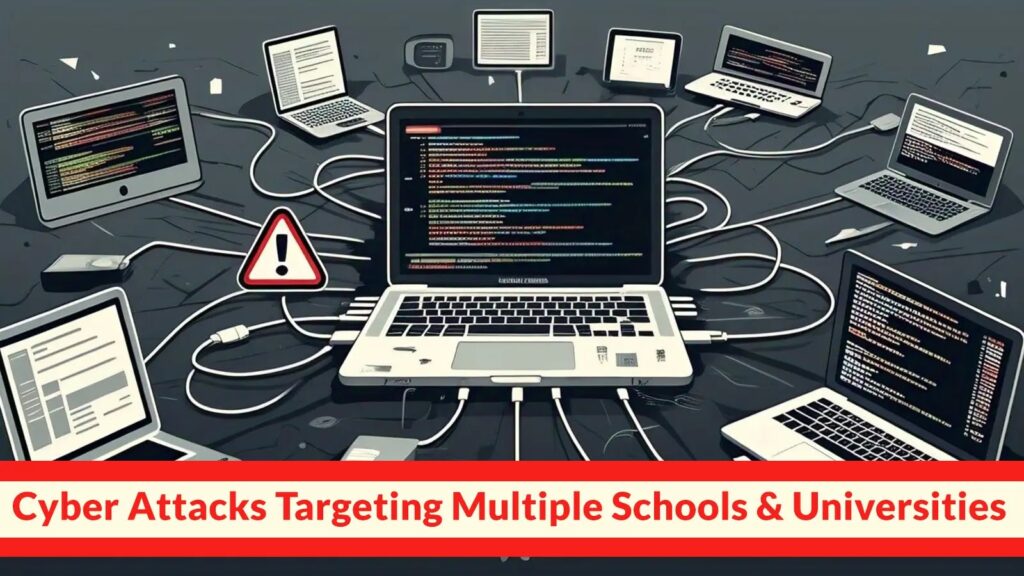
Educational institutions across New Mexico are facing a growing cyber threat landscape, mirroring a troubling pattern seen nationwide.
Recent network intrusions targeting multiple schools and universities in the state have raised significant concerns about digital security in educational environments.
These sophisticated attacks have disrupted administrative systems while carefully avoiding interference with student learning platforms, suggesting a strategic approach by the threat actors.
.png
)
The attacks typically begin with unauthorized network activity during evening hours or weekends when monitoring may be reduced.
Security experts note that the intrusions follow a pattern of lateral movement through administrative networks, with attackers establishing persistence while carefully avoiding detection.
This methodical approach allows for extended access to potentially sensitive systems without triggering immediate alerts that would come from disrupting student-facing services.
Coweta School System analysts identified similar patterns in their own security incident, noting that the attack methodology shows striking similarities to those targeting New Mexico institutions.
Their investigation revealed that threat actors specifically targeted administrative networks while deliberately leaving student-accessible systems – including Chromebooks, WiFi access, and communication tools – operational to delay detection.
“The network intrusion is serious, and is being investigated by the school system and a number of security partners,” according to official statements.
The incidents have been reported to appropriate authorities, including state emergency management agencies and Homeland Security.
Schools have implemented established security protocols, taking affected systems offline while maintaining educational operations.
Attack Vector Analysis
The primary infection vector appears to be compromised administrator credentials, obtained through social engineering campaigns targeting staff members.
Once gaining initial access, attackers deploy a modified remote access trojan with persistence capabilities.
A typical attack sequence involves a PowerShell command like:-
powershell.exe -NoP -NonI -W Hidden -Exec Bypass -Command “New-Item -Path HKCU:\Software\Microsoft\Windows\CurrentVersion\Run -Name ‘SystemServiceHost’ -Value ‘powershell.exe -WindowStyle hidden -ExecutionPolicy Bypass -File %TEMP%\service.ps1’ -Force”
This command establishes persistence by creating a registry run key that executes a hidden PowerShell script on startup.
The malware then maintains a low profile, carefully exfiltrating data while avoiding detection by security monitoring tools.
While investigations continue, schools are implementing enhanced security measures while ensuring that critical educational functions remain operational, including scheduled testing and student access to learning resources.
Are you from the SOC and DFIR Teams? – Analyse Real time Malware Incidents with ANY.RUN -> Start Now for Free.


